Director-general: Fiona Reynolds
National Trust for Scotland (NTS)
The National Trust’s sister body in Scotland was founded in 1931, and was made a statutory body with similar powers, including inalienability rights, seven years later. It has the same aim of preserving lands and property of historic interest or natural beauty, ‘including the preservation (so far as is practicable) of their natural aspect and features, and animals and plant life’. The Trust acquired its first property, 600 hectares of moorland and cliff on the island of Mull, in 1932. It is now Scotland’s second largest private landowner with nearly 73,000 hectares or about 1 per cent of rural Scotland in its care, including 400 kilometres of coastline. About half of this area consists of designated SSSIs, among them the isles of St Kilda, Fair Isle and Canna, and Highland estates such as Ben Lawers, Ben Lomond, Torridon and Glencoe. Perhaps its most important property is Mar Lodge estate in the Cairngorms, acquired in 1995, which is being managed as a kind of large-scale experiment in woodland regeneration and sustainable land use (pp. 240-41). Like the National Trust, the NTS was for many years more interested in access than habitat management; for example, it had no permanent presence at Ben Lawers until 1972 and, apart from footpath maintenance, did no management to speak of until the 1990s. Though, with 240,000 members, relatively modest in size compared with the National Trust, the NTS is a mainstream and increasingly important partner in nature conservation in Scotland, all the more so since it is an exclusively Scottish body. It has four regional offices with a headquarters – a classic Georgian mansion – in Edinburgh.
Afternoon sunshine sparkles the native pines of Derry Wood in Mar Lodge estate, now owned by the National Trust for Scotland. (Peter Wakely/SNH)
Head Office: 5 Charlotte Square, Edinburgh EH2 4DU.
Chairman: Professor Roger J. Wheater.
International pressure groups
WWF-UK

WWF currently stands for the World Wide Fund for Nature. Until 1986 it was known (more memorably) as the World Wildlife Fund, ‘the world’s largest independent conservation organisation’, with offices in 52 countries and some five million supporters worldwide. WWF was founded by Peter Scott and others in 1961, and is registered as a charity in Switzerland. Its mission: ‘ to stop the degradation of the planet’s natural environment, and to build a future in which humans live in harmony with nature ’. The UK branch, WWF’s first national organisation, has funded over 3,000 conservation projects since 1961 (but especially since 1990), and itself campaigns to save endangered species and improve legal protection for wildlife. In the 1990s it produced a succession of valuable reports on the marine environment, wild salmon, translocations, SSSIs and other topics from a more independent viewpoint than one expects nowadays from government bodies. In a sense, it has taken over as the lead body reporting on the health of Britain’s natural environment and the effectiveness of conservation measures. Among its most important contributions has been WWF’s persistent prodding of the UK government over the EU Habitats Directive, which eventually led to a large increase in proposed SACs (Special Areas for Conservation) for the Natura 2000 network (see Chapter 4). All of WWF’s work is supposed to have a global relevance. WWF-UK’s work is currently organised into three programmes: ‘Living Seas’, ‘Future Landscapes’ (countryside, forest and fresh water) and ‘Business and Consumption’ (‘our lifestyles and their impact on nature’). It also works with others overseas to promote sustainable development in ecologically rich parts of the world and good environmental behaviour by businesses. The organisation is funded mainly by voluntary donations (90 per cent), with the rest from state institutions. The UK branch has some 257,000 members and supporters, and 200 volunteer groups about the country. Its youth section is called ‘Go Wild’. It has offices in Scotland, Wales and Northern Ireland with a headquarters at Godalming in Surrey.
Its logo: the famous panda, designed by Peter Scott. Its slogan: ‘ Taking action for a living planet ’.
Address: Panda House, Weyside Park, Godalming, Surrey GU7 1XR. Chief Executive: Robert Napier
Friends of the Earth
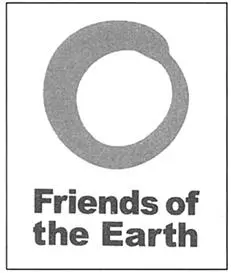
FoE acts as a radical environmental ginger group, pressing for more environment-friendly policies, both at home and worldwide. It is careful to avoid alignment with any political party or to accept commercial sponsorship, and most of its funding comes from the membership. FoE is particularly effective at ‘media management’ and at shaming commercial interests into adopting more environmentally friendly policies. Founded in America, a British branch took root shortly afterwards in 1971. Its first newsworthy action was the dumping of thousands of non-returnable bottles on the doorstep of Schweppes, the soft drink manufacturers. On wildlife matters, FoE has taken the lead on major issues, such as the protests over the Newbury bypass, on peat products and GM crops, dumping in the North Sea and pressing for stronger measures to protect SSSIs. FoE are a streetwise organisation with a youngish membership, and its language is characteristically urgent and emotional (‘Our planet faces terrible dangers’, ‘We can’t allow environmental vandals to lay waste the earth’ etc.). By persistently hammering away at an issue in an outraged tone, whilst also seeming well informed, FoE builds up a momentum for change. Its quarter of a million UK members receive a highly professional quarterly magazine, Earth Matters , and plenty of appeals, stickers and campaign literature. Its slogan: ‘ for the planet for people’.
Address: 26-28 Underwood Street, London N1 7JQ.
Executive director: Charles Secrett.
Greenpeace

The most headline-making of all respectable environmental organisations was founded in America in 1971. The public first heard about Greenpeace when a group of activists sailed into an atomic testing zone in a battered hire-boat. A UK branch was formed the same year. Greenpeace is an international environment-protection body, funded by individual donations. It specialises in non-violent, direct action: front page pictures of activists being hosed from whaling ships, or waving banners at the top of chimneys, or on derelict oil platforms, alerts public opinion and raises awareness of an issue. Famously, its ship, the Rainbow Warrior, was blown up in Auckland harbour by French agents in 1985. Behind the headlines lie quieter activities: producing reports, lobbying governments, talking to businesses and even conducting research. Greenpeace concentrates on international campaigns, such as nuclear test bans, or the banning of drift nets or mining in the Antarctic. Among recent activities that impinge on nature conservation in Britain are campaigns for renewable energy and against GM crops. It exploits ‘consumer power’ by dissuading companies from using products from ancient forests and peatlands. Greenpeace has 176,000 supporters in the UK and a claimed 2.5 million worldwide. Its slogan: ‘ Wanted. One person to change the world ’.
Читать дальше
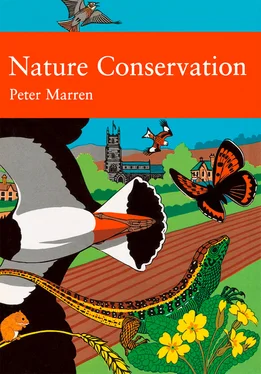




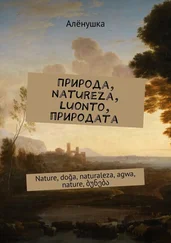

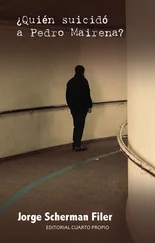
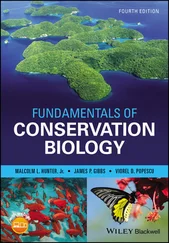



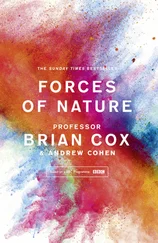

![Various - Birds and Nature, Vol. 12 No. 5 [December 1902]](/books/745517/various-birds-and-nature-vol-12-no-5-december-thumb.webp)
![Various - Birds and Nature Vol. 11 No. 2 [February 1902]](/books/745533/various-birds-and-nature-vol-11-no-2-february-1-thumb.webp)